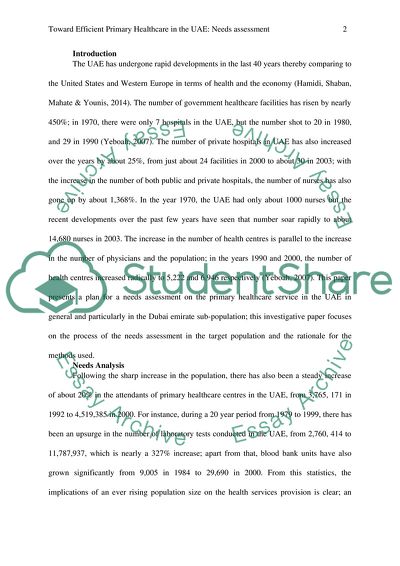Cite this document
(Toward Efficient Primary Healthcare in the UAE: Needs Assessment Coursework, n.d.)
Toward Efficient Primary Healthcare in the UAE: Needs Assessment Coursework. https://studentshare.org/health-sciences-medicine/1837905-primary-healthcare-uae
Toward Efficient Primary Healthcare in the UAE: Needs Assessment Coursework. https://studentshare.org/health-sciences-medicine/1837905-primary-healthcare-uae
(Toward Efficient Primary Healthcare in the UAE: Needs Assessment Coursework)
Toward Efficient Primary Healthcare in the UAE: Needs Assessment Coursework. https://studentshare.org/health-sciences-medicine/1837905-primary-healthcare-uae.
Toward Efficient Primary Healthcare in the UAE: Needs Assessment Coursework. https://studentshare.org/health-sciences-medicine/1837905-primary-healthcare-uae.
“Toward Efficient Primary Healthcare in the UAE: Needs Assessment Coursework”. https://studentshare.org/health-sciences-medicine/1837905-primary-healthcare-uae.


